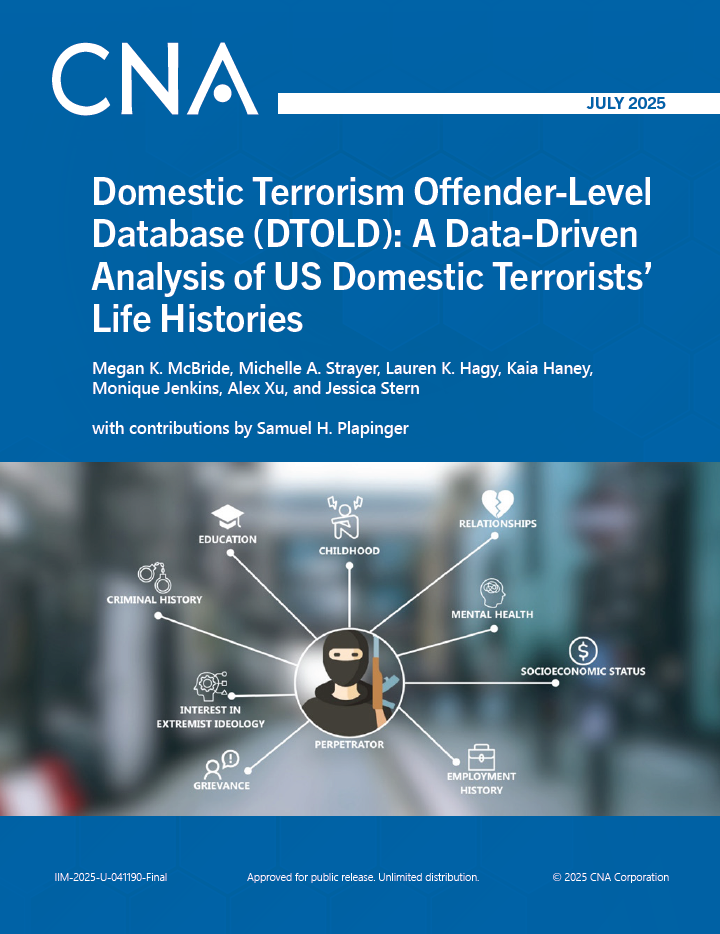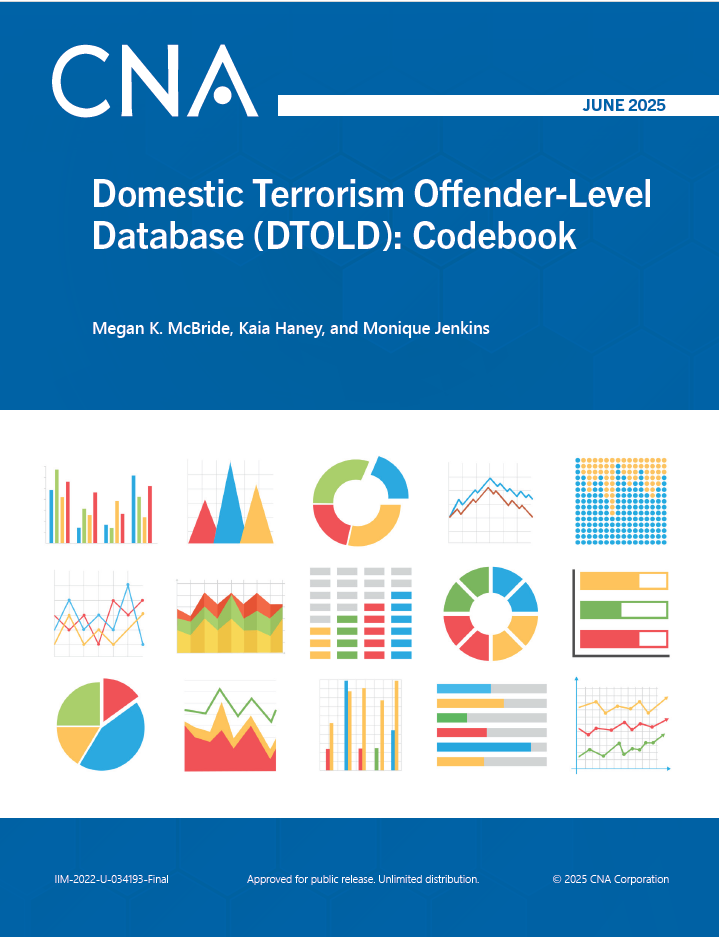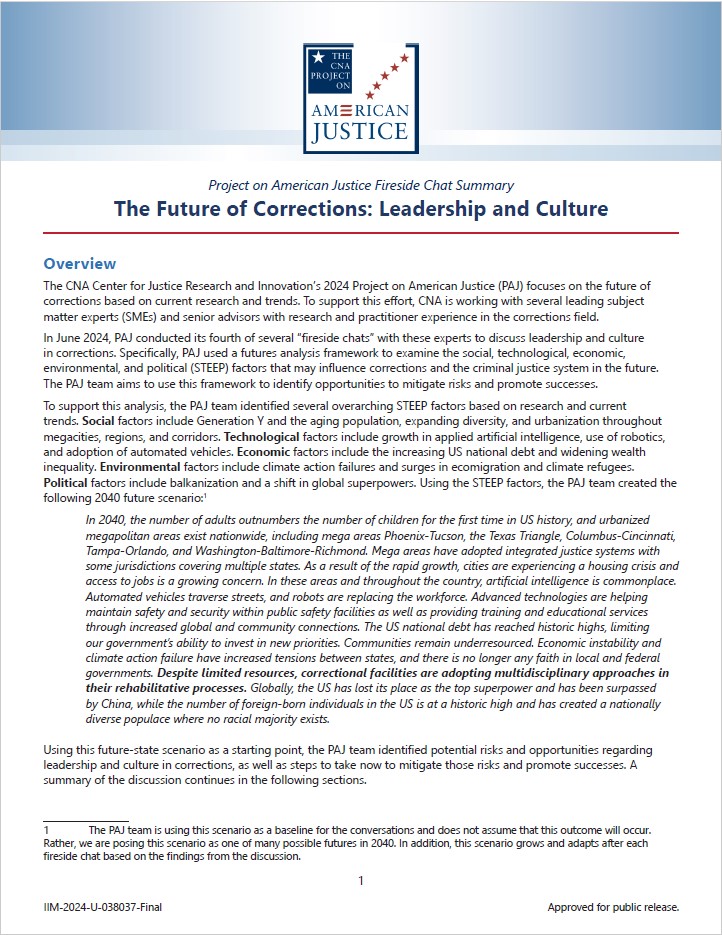Introduction
The COVID-19 pandemic dramatically interrupted the full spectrum of juvenile justice system activities, processes, and structures in the United States, from intakes to reentry. Across the country, juvenile justice practitioners responded to this public health crisis by implementing emergency policies to mitigate disease spread and maintain programming to the extent possible given public health orders and staff absenteeism. As the upheaval created by the pandemic subsides and the country “returns to normal,” the juvenile justice field will benefit from a comprehensive assessment of the policies implemented and changed during the pandemic, with a specific eye toward what worked well, what did not, and the root causes for successes and challenges. It is clear that juvenile justice practice will not fully return to its pre-pandemic status, and in many cases will integrate changes in policy and practice brought about by the pandemic. Because decisions about the COVID-19 response have typically been made at the state level, aggregating and analyzing information across states and across practitioners within the juvenile justice continuum is a difficult but important undertaking.
Our 2021 National Institute of Justice (NIJ)-funded project—Juvenile Justice Responses to the COVID-19 Pandemic—involves several research activities, including listening sessions, a systematic literature review, policy scan, and case studies. Our team conducted listening sessions with a broad range of juvenile justice system practitioners to learn from their experiences during the pandemic and to identify policies and practices that juvenile justice systems can and should maintain in the long term (even as COVID-19 is now endemic). The goal of these listening sessions was to discuss policies and practices related to juvenile intakes, transfers, and early releases from juvenile residential placement facilities, as well as those intended to protect public safety and ensure the safety, health, appropriate supervision, and long-term success of youth. We also asked practitioners to identify possible best practices for rapidly responding to similar threats that may emerge in the future—such as other public health emergencies and natural disasters—to ensure juvenile justice systems have an evidence-based guide that reflects important lessons learned for making difficult but effective decisions in emergency situations.
Download reportApproved for Public Release; distribution unlimited.
Details
- Pages: 7
- Document Number: IPD-2023-U-036549-Final
- Publication Date: 10/31/2025




